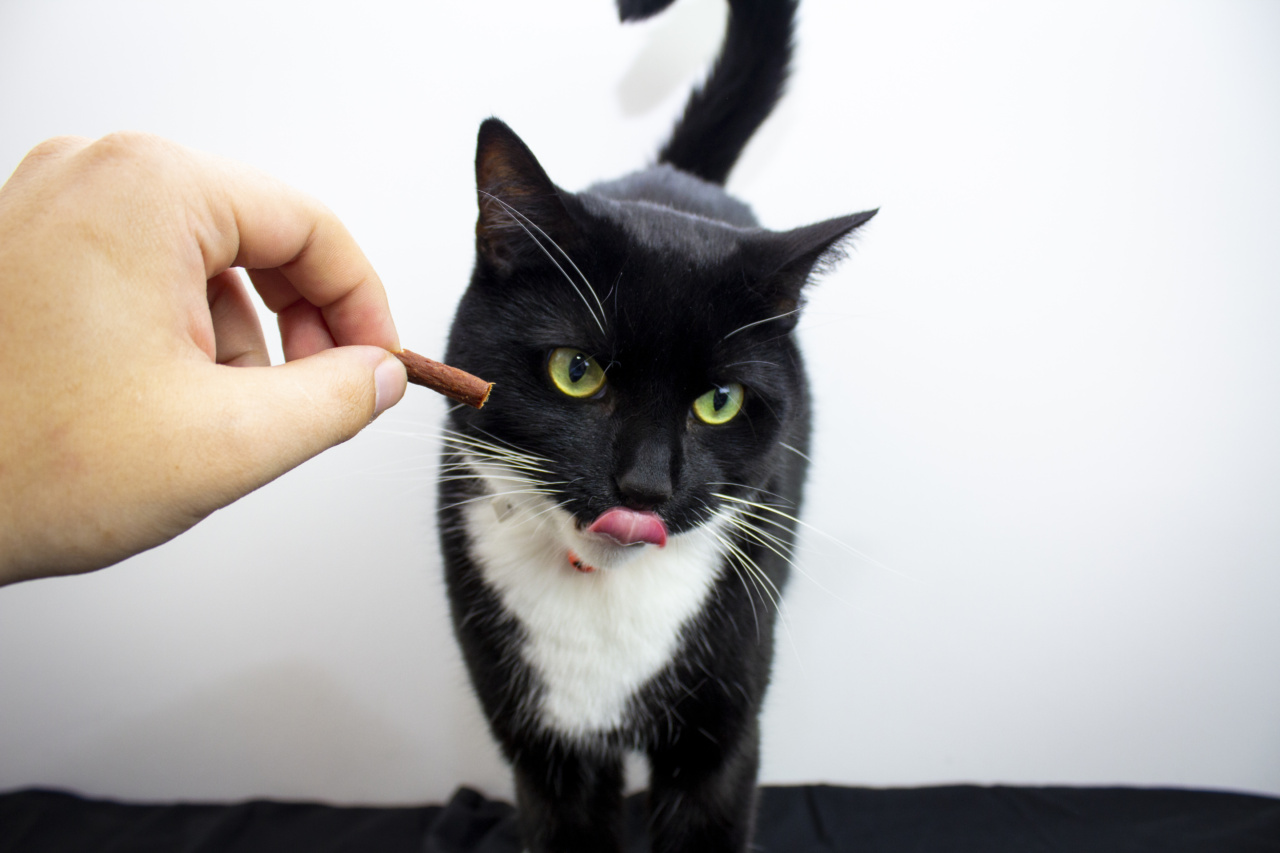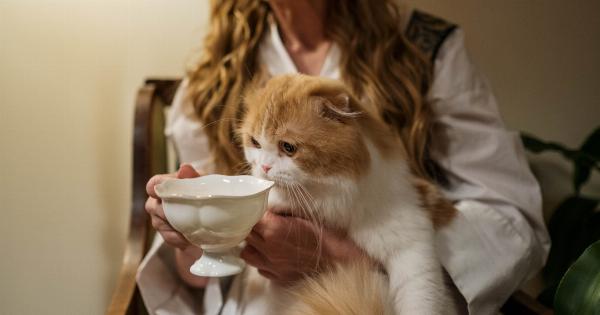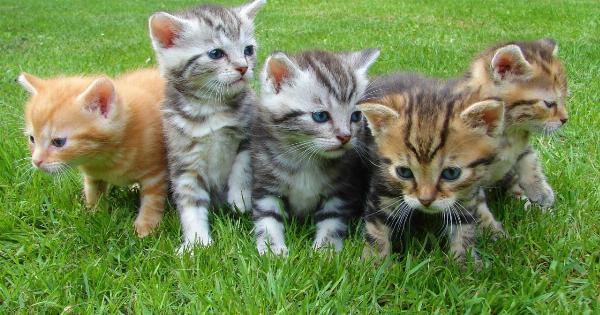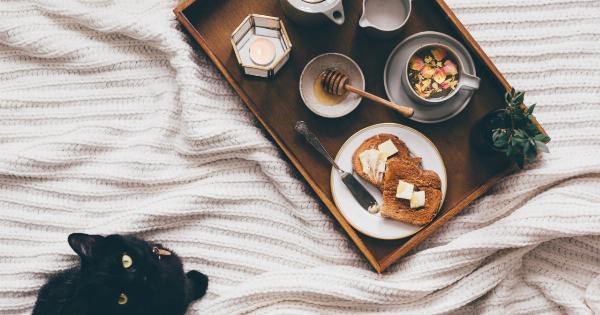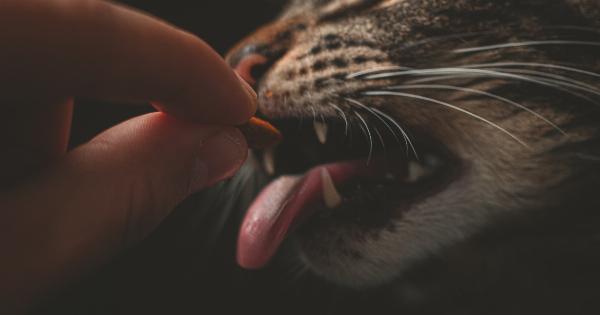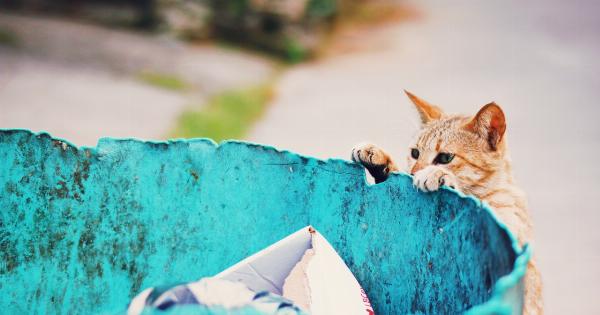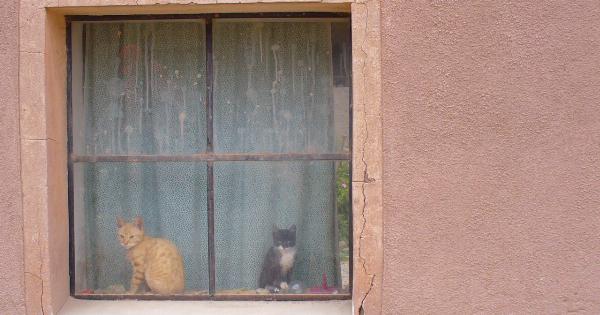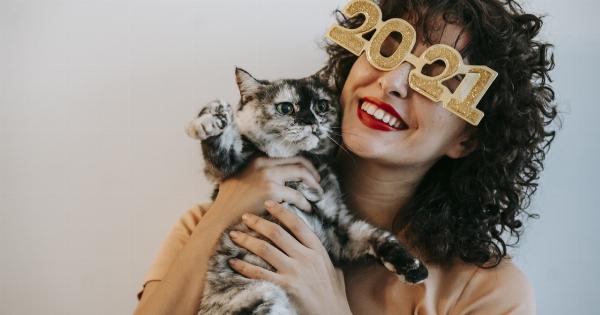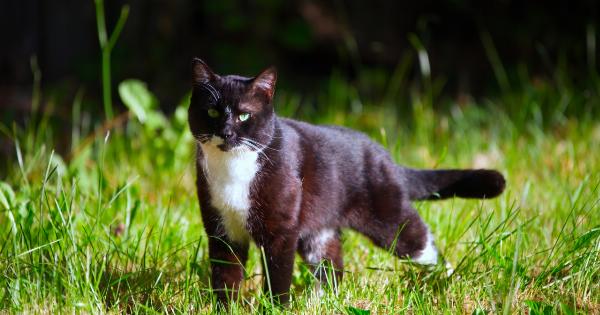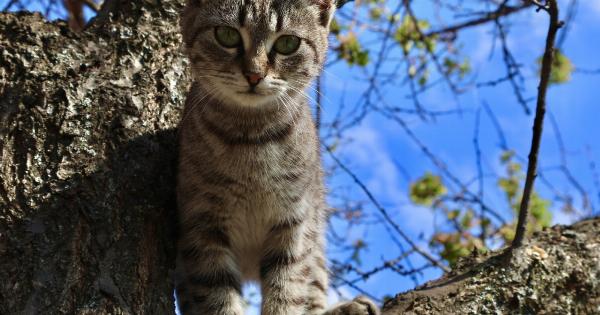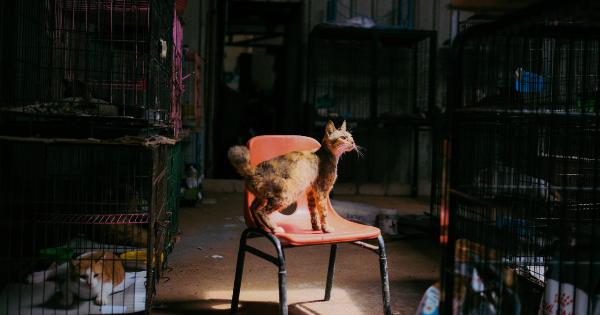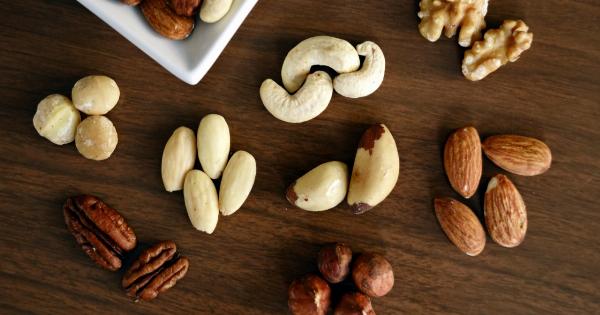As a responsible cat owner, providing your feline friend with a safe and nutritious diet is essential for their overall health and well-being. Choosing the right cat food can be overwhelming due to the wide variety of options available on the market.
In this comprehensive guide, we will explore the different types of cat food and educate you on what is safe for cats to consume, as well as highlight some ingredients that are best avoided.
Types of Cat Food
When it comes to cat food, there are several options to choose from:.
1. Dry Cat Food
Dry cat food, also known as kibble, is one of the most common types of cat food available. It contains a low moisture content and is typically convenient to store and feed.
However, it is important to ensure that your cat drinks an adequate amount of water when consuming dry food, as cats have a low thirst drive and may not consume enough water on their own.
2. Wet Cat Food
Wet cat food, often sold in cans or pouches, is a popular choice for many cat owners. It contains a higher moisture content compared to dry cat food, which helps increase your cat’s water intake.
Additionally, wet cat food often contains higher-quality protein sources and can be beneficial for cats with urinary tract issues or kidney problems. However, it is important to note that wet cat food may spoil quickly if not consumed promptly.
3. Raw Food
Raw food diets for cats have gained popularity in recent years. These diets typically consist of raw meat, bones, and organs, mimicking a cat’s natural diet in the wild.
Proponents of raw food diets claim that they can improve a cat’s coat, dental health, and overall energy levels. However, it is crucial to handle raw food safely to avoid the risk of bacterial contamination.
4. Grain-Free Cat Food
Grain-free cat food excludes common grains like corn, wheat, and soy. This type of cat food is often formulated for cats with food allergies or sensitivities.
However, it is important to note that not all cats require a grain-free diet, and some studies have raised concerns about a possible link between grain-free diets and a heart condition called dilated cardiomyopathy (DCM). Consult with your veterinarian before making any dietary changes for your cat.
Safe Ingredients in Cat Food
Now that we have explored the different types of cat food, let’s dive into the safe ingredients that should be present in your cat’s diet:.
1. High-Quality Animal Protein
Cats are obligate carnivores, which means they require a diet rich in animal protein. Look for cat foods that list specific sources of high-quality protein, such as chicken, fish, or turkey, as the primary ingredients.
Avoid cat foods that use vague terms like “meat meal” or “by-products,” as these may contain low-quality protein sources.
2. Essential Fatty Acids
Essential fatty acids like omega-3 and omega-6 are vital for maintaining a cat’s healthy skin, coat, and overall immune system. Look for cat foods that include fish oil or flaxseed as sources of these beneficial fatty acids.
3. Taurine
Taurine is an essential amino acid that cats require for proper heart and eye health. Cats cannot produce enough taurine on their own, so it must be present in their diet. Ensure that the cat food you choose contains sufficient taurine levels.
4. Vitamins and Minerals
A balanced cat food should also include a variety of essential vitamins and minerals, including vitamin A, vitamin E, calcium, phosphorus, and magnesium.
These nutrients are crucial for maintaining overall health and supporting various bodily functions.
Ingredients to Avoid
While it’s important to know what ingredients to look for, it is equally important to be aware of certain ingredients that are best avoided in cat food:.
1. Artificial Preservatives
Artificial preservatives like BHA, BHT, and ethoxyquin have been linked to potential health issues in cats. Opt for cat foods that use natural preservatives like mixed tocopherols (vitamin E).
2. Excessive Carbohydrates
Cats have limited ability to digest carbohydrates, and their diets should primarily consist of protein and fats. Avoid cat foods that list grains, fillers, or excessive amounts of carbohydrates as main ingredients.
3. Onions and Garlic
Onions and garlic are toxic to cats and should never be included in their diet. These ingredients can cause damage to a cat’s red blood cells and lead to anemia.
4. Artificial Flavors and Colors
Artificial flavors and colors serve no nutritional purpose and may pose potential health risks. Opt for cat foods that do not contain any artificial additives.
The Importance of Quality Nutrition
Providing your cat with a balanced and nutritious diet is vital for their overall health. A high-quality cat food that meets their nutritional needs can contribute to:.
1. Healthy Growth and Development
Kittens require a diet rich in essential nutrients to support their growth and development. Feeding them a balanced cat food formulated for kittens can ensure they receive the necessary nutrients during this crucial stage.
2. Weight Management
Obesity is a significant concern for cats and can lead to various health issues. Feeding your cat a portion-controlled, balanced diet can help them maintain a healthy weight.
3. Prevention of Common Health Problems
A well-formulated cat food can help prevent common health problems such as urinary tract issues, obesity, and skin allergies. The right balance of nutrients can support the immune system and promote optimal organ function.
4. Improved Quality of Life
Proper nutrition plays a pivotal role in your cat’s overall well-being, leading to increased energy levels, a healthy coat, and a longer lifespan. A well-fed cat is a happy and contented companion.
Conclusion
In conclusion, choosing the right cat food is crucial for your feline friend’s health and happiness. Consider their dietary needs, including the type of cat food and the specific ingredients it contains.
Opt for a cat food that provides high-quality animal protein, essential fatty acids, and vital nutrients, while avoiding harmful additives and unnecessary fillers. Providing your cat with a wholesome and balanced diet will contribute to their overall well-being and ensure they live a long and healthy life.
